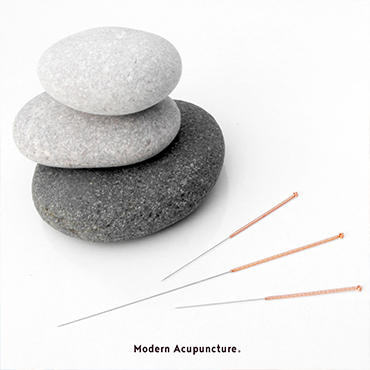Exploring Acupuncture as an Alternative to Opioids for Back Pain Management

Chronic back pain is a prevalent and often debilitating condition that affects millions of individuals worldwide.
Traditionally, opioids have been prescribed to manage this type of pain but concerns about their addictive nature and potential side effects have prompted researchers and patients to seek alternative treatments.
One such alternative that has gained attention is acupuncture, an ancient practice rooted in traditional Chinese medicine. It’s important to do your due diligence and investigate the current state of research regarding acupuncture as a replacement for opioids in managing back pain.
The Role of Acupuncture in Pain Management
Acupuncture involves the insertion of thin needles into specific points on the body, aiming to stimulate the body's natural healing processes. The theory behind acupuncture suggests that it can trigger the release of endorphins and other neurochemicals that have pain-relieving effects. While the exact mechanisms are continually being studied, numerous clinical trials and meta-analyses have investigated acupuncture's efficacy in treating various types of pain, including chronic back pain.
Research Findings
A noteworthy meta-analysis published in JAMA Internal Medicine in 2018 analyzed individual patient data and found that acupuncture was associated with a significant reduction in chronic pain compared to sham acupuncture and no acupuncture at all. This analysis, which included various chronic pain conditions, provided promising evidence for the potential of acupuncture in pain management.
Guidelines from Health Organizations
In 2017, the American College of Physicians released clinical practice guidelines for noninvasive treatments of acute, subacute, and chronic low back pain. These guidelines recommend acupuncture as one of the treatment options. This recognition by a respected medical organization highlights the growing interest in integrating alternative therapies like acupuncture into mainstream pain management approaches.
As with any medical intervention, individual responses to acupuncture can vary significantly. Some individuals report substantial pain relief after undergoing acupuncture sessions, while others may not experience the same benefits.
Considering a Multimodal Approach
In the realm of pain management, a multimodal approach is often recommended. This approach involves combining various therapies and treatments to achieve the best outcomes. Acupuncture could potentially be a valuable component of a comprehensive pain management strategy, working in conjunction with other therapies such as physical therapy, exercise, and mindfulness techniques.
While the idea of replacing opioids with acupuncture for back pain management is intriguing, it's essential to approach this topic with an open and informed perspective.
The scientific community recognizes acupuncture's potential in pain relief, and it is even recommended by reputable health organizations for certain cases of chronic low back pain. However, individual responses, the placebo effect, and the need for further research underscore the complexity of this issue.
As the field of pain management continues to evolve, it's crucial for patients and healthcare providers to collaborate in making informed decisions. Consulting medical professionals and staying updated with reputable sources will help individuals navigate the possibilities of acupuncture and other alternative treatments for managing chronic back pain. Ultimately, the goal is to find the most effective and personalized approach to achieving relief and improving quality of life.
[Back to main news page]



